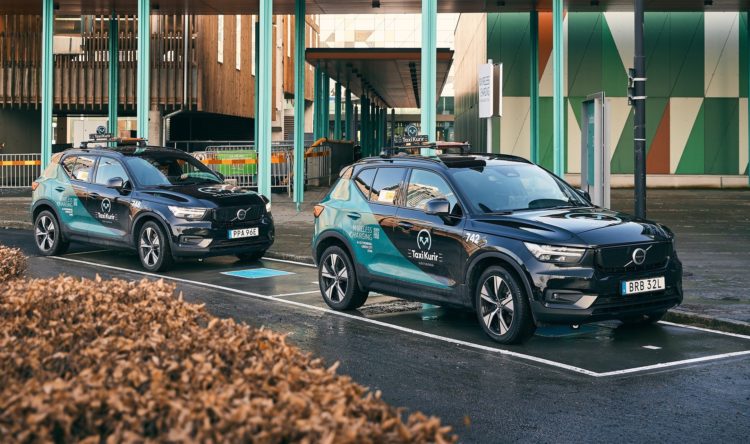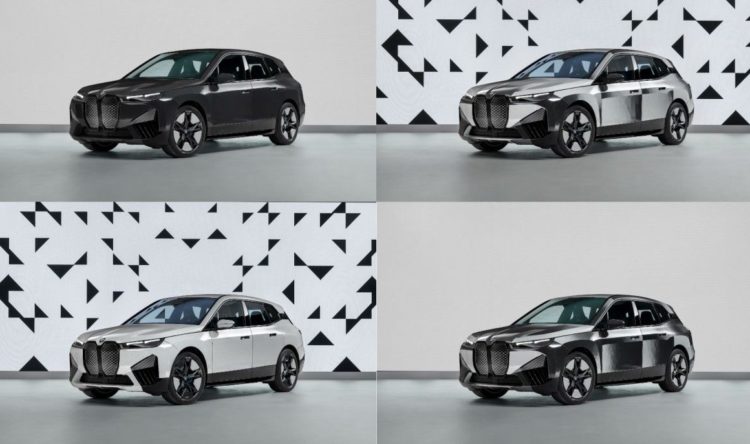Nine pieces of motoring tech that UK drivers want
Biometric access, virtual mirrors and augmented reality sat navs are among the technological additions to cars that could benefit British drivers in the near future.
Driving specialists from LeaseCar.uk have revealed nine pieces of technology that would improve the motoring experience and could become commonplace on cars in the coming years.
From their regular conversations with customers and own industry knowledge, the experts have narrowed down the possible extras for the everyday car of the future to nine realistic and positive ideas.
Some of the technology is already in the works or even available on a small number of new models, but proposals that also include smart headlights and sun visors could become standard features for UK vehicle owners sooner rather than later.
A spokesperson for LeaseCar.uk said: “Technology generally means progress and many features on a modern vehicle would have been unthinkable to our parents’ generation.
“As car manufacturers compete to build their latest and best models in the coming years, many new gadgets and ideas will be quickly consigned to the scrap heap.
“But there’s plenty of potential motoring technology that would have mass appeal and make a tangible, positive impact on driving – so we’ve highlighted nine things we can’t wait to see made widely available.”
Here are the nine pieces of motoring tech that UK drivers want according to LeaseCar.uk:
- Biometric access
It’s now common to unlock your smartphone with a fingerprint scan, so a similar device or retinal scan could be used as a security feature instead of keys, to unlock or even start cars of the future.
- Virtual mirrors
Instead of wing mirrors that can get damaged by passing vehicles or affected by the weather, many drivers could soon make use of small exterior cameras that feed live footage from each side of the vehicle to interior screens and automatically adjust.
An outside camera and display screen could also replace the rear view mirror and remove the problem of passengers or boot contents obstructing the driver’s view.
- Touch dashboards
As Brits become used to touch screens in a variety of circumstances, interactive digital ‘buttons’ and displays could replace old-fashioned buttons and control devices that are liable to get stuck or break, alongside integrated voice control.
- Active window displays
Projecting full colour images and graphics onto the windscreen could allow sat-navs to highlight turnings, speed limits and other rules of the road in real-time and to scale, using advanced augmented reality projection technology.
Some typical dashboard information, such as the speedometer, could also be displayed, allowing drivers to keep their eyes on the road.
- Smart headlights
Reactive headlights of the future could automatically turn the brightest full beam setting on and off, depending on road lighting conditions and any oncoming traffic detected.
- Smart sun visors
A virtual, digital sun visor that darkens a car’s windscreen in specific locations to block out sun glare from drivers eyes at the right angle could also move as the angle of the sun does – improving safety for all road users by maintaining optimum driving conditions.
- Health monitoring
Intelligent seats, seatbelts or steering wheels could be used in the future to monitor drivers’ vital statistics and autonomously bring a car to a safe halt at the side of the road and alert the emergency services in the event of a heart attack, seizure or other issue.
- V2V communication
Vehicle to vehicle communication – allowing cars to share live information with each other via short range radio waves or 5G technology, such as their relative position and speed – can help motorists to avoid accidents and potentially ease congestion.
- Automated parking
Many Brits aren’t quite ready to embrace owning a driverless car just yet, but a vehicle that could travel autonomously below ten miles per hour and park itself could be perceived as safer and take a headache away from drivers who find it tricky to squeeze their cars into tight spots.





